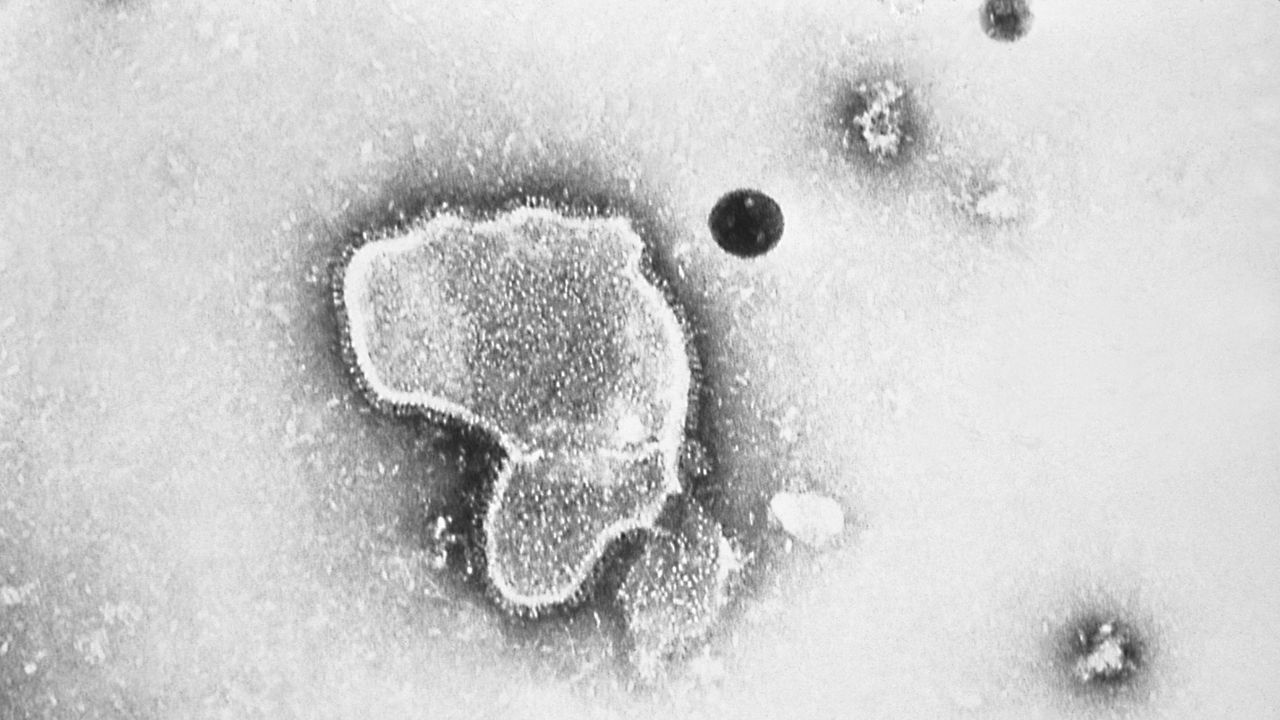Respiratory viruses are surging across the United States — and unlike two years ago, COVID-19 is only part of the problem — federal health officials said Friday.
What You Need To Know
- Respiratory viruses are surging across the United States — and unlike two years ago, COVID-19 is only part of the problem — federal health officials said Friday
- Doctors are seeing an usually high number of influenza and respiratory syncytial virus, or RSV, cases for this time of year, officials said during a call with reporters
- Meanwhile, COVID-19 is far from gone -- there were more than 270,000 reported cases of the virus last week in the U.S. and 2,500 deaths
- Health officials urged people to get vaccinated for flu and COVID-19 and take other precautions to help prevent spread of the respiratory viruses
Doctors are seeing an usually high number of influenza and respiratory syncytial virus, or RSV, cases for this time of year, officials said during a call with reporters.
Meanwhile, COVID-19 is far from gone. There were more than 270,000 reported cases of the virus last week in the U.S. and 2,500 deaths.
Health officials said they’re seeing the highest rate of hospitalizations for flu in a decade and two children have died from the flu this season. Influenza is hitting the Southeast particularly hard, with nearly 20% of tests being positive.
RSV cases are “significantly higher” than officials have seen in previous years, said Dr. Jose Romero, director of the CDC’s National Center for Immunization and Respiratory Diseases.
RSV is a common virus that usually causes mild, cold-like symptoms. Most people recover in a week or two, but the virus can cause serious illness, especially in infants, other young children and older adults. According to the CDC, the virus kills 100 to 300 children ages 5 and younger and hospitalizes more than 58,000 kids in that age group each year.
Most kids are infected by RSV by age 2, according to the CDC.
Health officials said the spike in respiratory virus cases is not surprising. Some children who might have been infected by RSV a year or two ago if they had not been isolated during the pandemic are being exposed to the virus for the first time now, along with toddlers and infants.
Meanwhile, adults emerging from the pandemic are congregating more and wear masks less often, officials said.
Respiratory cases typically peak during the winter as cold weather drives people inside and loved ones gather for holidays.
Officials said only time will tell if this winter will bring an increase in severe virus cases. Dawn O’Connell, assistant secretary for preparedness and response at the Department of Health and Human Services, said the Biden administration is monitoring hospitalizations, cases and supply chains closely, but added she has “some confidence” hospitals won’t be overwhelmed based on last winter, when there was the COVID omicron variant surge as well as an early RSV wave and a higher number of flu cases.
Hospital capacities in the mid-Atlantic region, New England and Washington state, however, are strained now, officials said.
HHS has supplies — including personal protective equipment and ventilators — and emergency personnel ready to be deployed if requested, O’Connell said. To date, no state has made such a request.
Romero said the CDC will soon issue an alert to health care providers highlighting diagnostic testing, treatments and prevention tools related to respiratory viruses.
Health officials urged people to get vaccinated for flu and COVID-19. No vaccine is yet available for RSV.
“Vaccines for COVID 19 and influenza are safe, effective and can lower the risk of illness and protect against severe complications,” Romero said. “I want to underline that was the holidays around the corner vaccination and your best protection against infection.”
In addition, people can help prevent the spread of viruses by covering their coughs and sneezes, staying away from individuals who are sick and frequently washing their hands, Romero said. They can also wear masks for added protection, he said.
Romero added that it can be difficult to tell the difference between flu, COVID-19 and other respiratory viruses based on the symptoms alone.
Parents, he said, should seek immediate medical attention if their child:
Has troubled breathing.
Has bluish lips or face.
Has chest or muscle pain, which they might be experiencing if they refuse to walk or cry excessively to be picked up.
Is dehydrated, for which signs could include not urinating for eight hours, having a dry mouth or crying without tears .
Is not alert or interacting with others.



